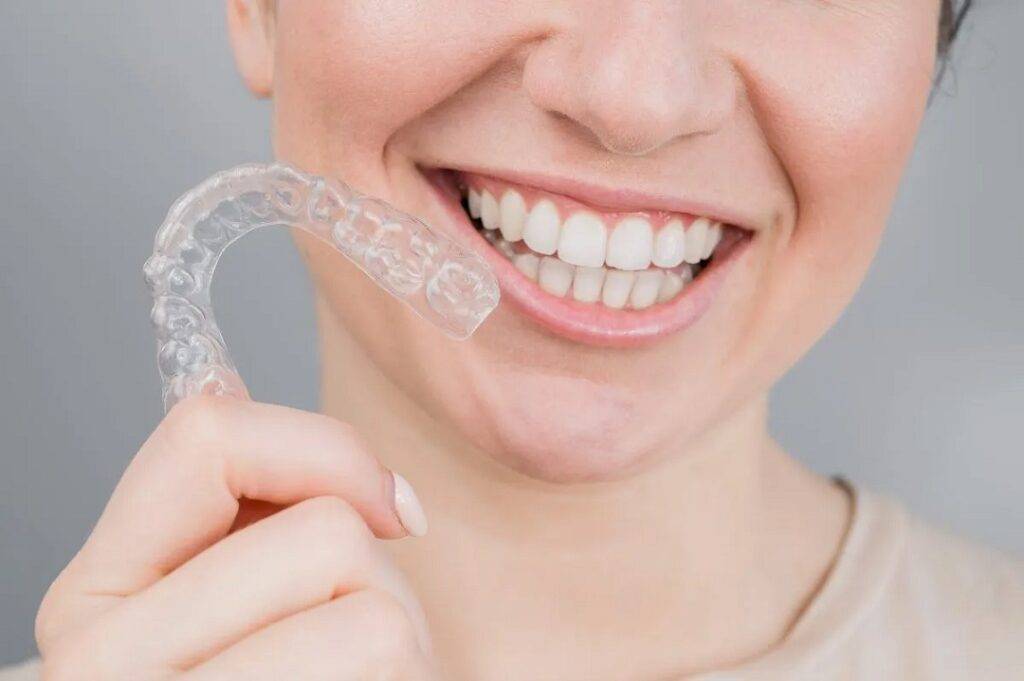Clear aligners offer a discreet and effective solution for orthodontic correction, but managing patient expectations is crucial to ensuring treatment success and satisfaction.
Many patients have preconceived notions about aligner therapy, from treatment speed to maintenance, and addressing these early on can prevent misunderstandings and improve compliance.
One of the most common misconceptions is that clear aligners work faster than traditional braces. While some cases may see quicker results due to precise digital planning, treatment duration depends on the complexity of the case and patient adherence.
It is essential to communicate that aligners must be worn for 20-22 hours per day and that skipping wear time can lead to delays in achieving the desired outcome.
Patients should also be aware that clear aligners require responsibility and discipline. Unlike braces, which are fixed, aligners are removable, making them prone to being misplaced or forgotten.
Educating patients on the importance of consistent wear and proper storage helps prevent unnecessary setbacks. Additionally, they should understand that clear aligners require regular cleaning to maintain oral hygiene and avoid discoloration or odor.
Another crucial aspect to address is the comfort level of aligners. While they are generally more comfortable than braces, patients may experience mild pressure or soreness when switching to a new set.
This is a normal part of the tooth movement process and usually subsides within a few days. Setting realistic expectations about discomfort can help patients stay motivated and committed to their treatment.
Dietary habits also play a role in aligner success. Unlike braces, clear aligners allow patients to eat whatever they like, but they must be removed before eating or drinking anything other than water. Patients should be reminded to brush their teeth before reinserting aligners to avoid plaque buildup and staining.
Regular check-ins, whether in-person or via teledentistry, are necessary to track progress and ensure treatment stays on course. Patients should be aware that minor refinements may be required at the end of their treatment to achieve optimal results. Explaining this possibility in advance helps manage expectations and avoids disappointment.
Finally, patients must understand that retention is key to maintaining their new smile. After completing treatment, wearing retainers as instructed is essential to prevent teeth from shifting back to their original position. Providing clear guidelines on retainer wear and care ensures long-term treatment success.
By thoroughly educating patients before starting clear aligner treatment, dental professionals can improve compliance, reduce frustration, and enhance overall satisfaction. Setting realistic expectations leads to better patient experiences and ultimately contributes to the success of clear aligner therapy.


